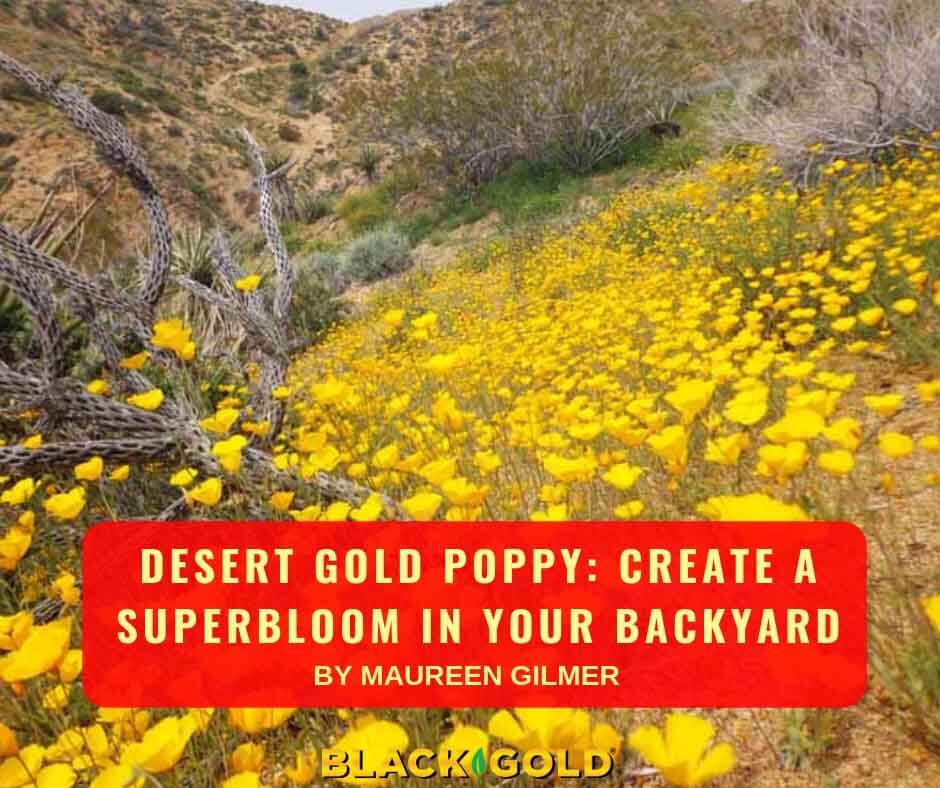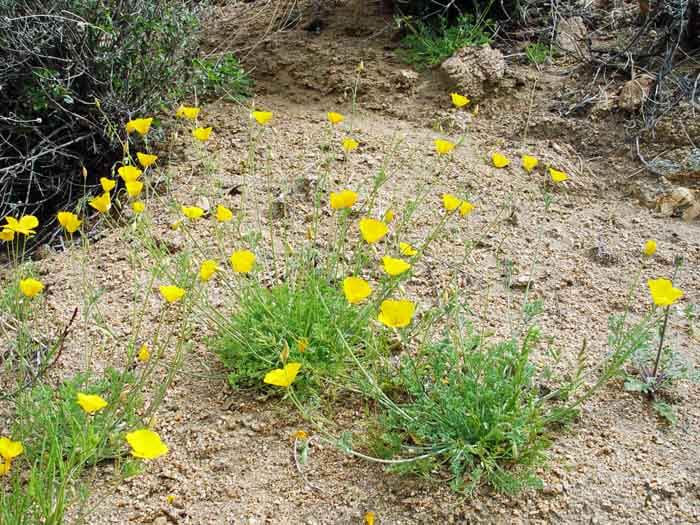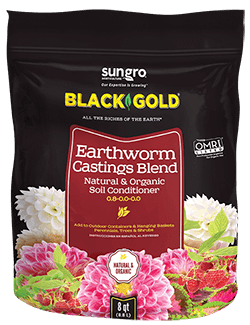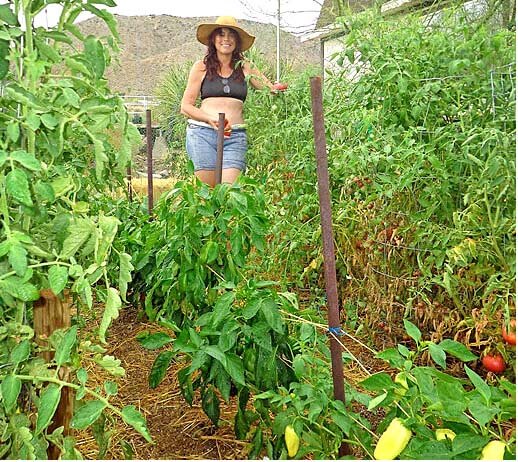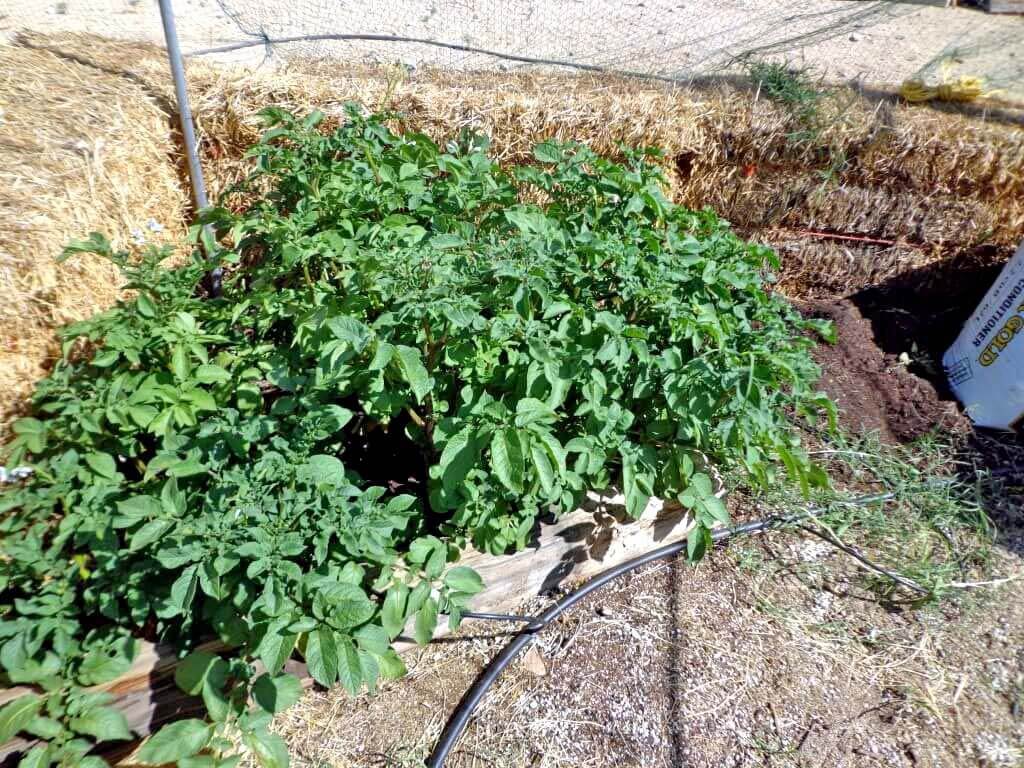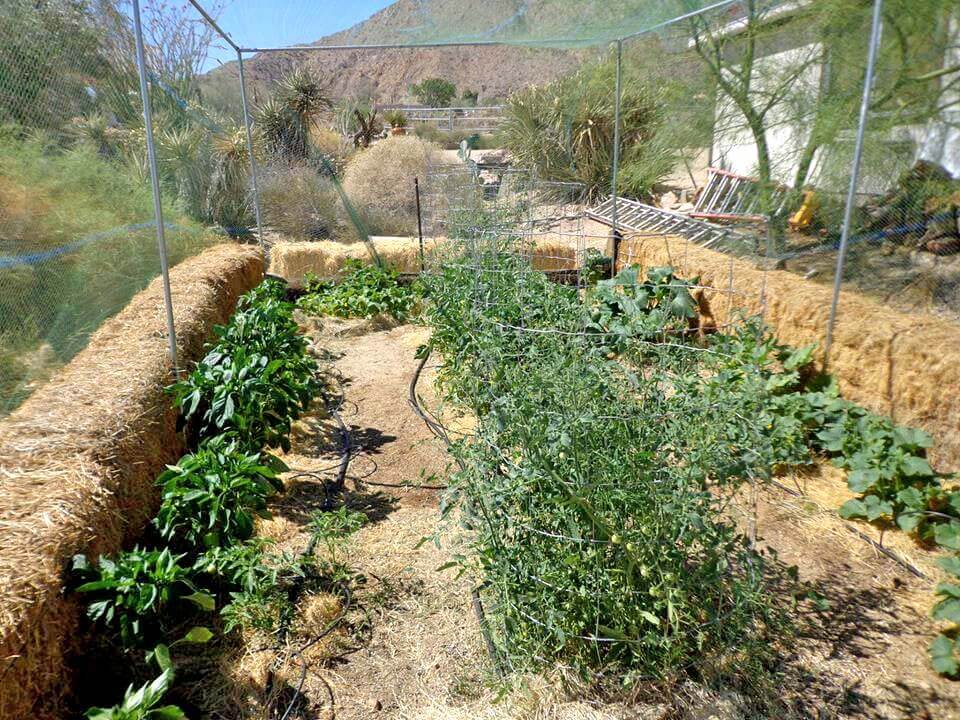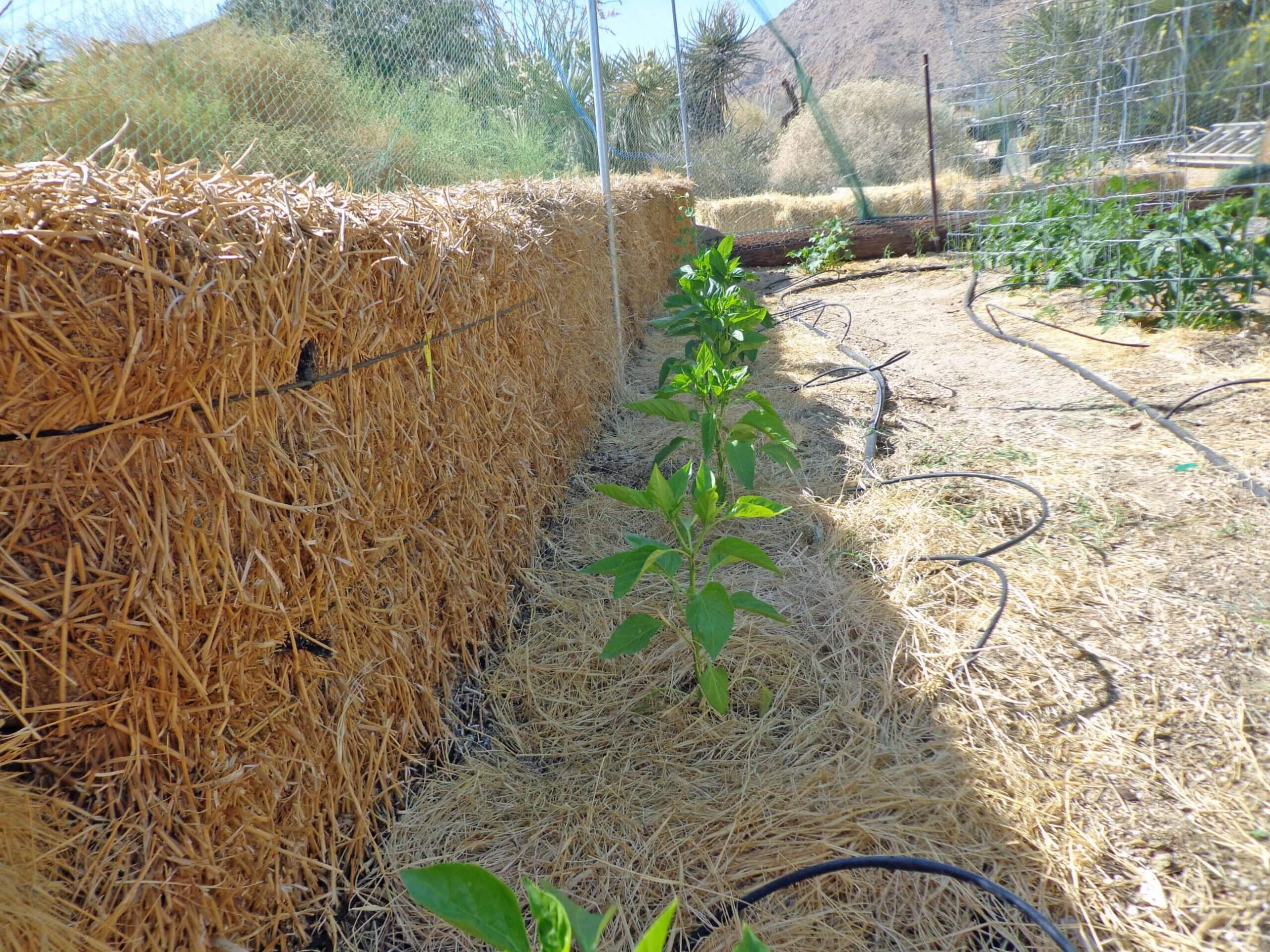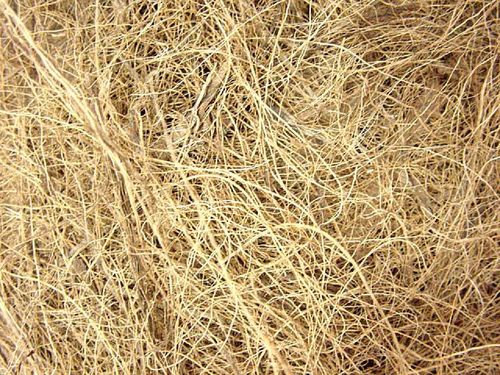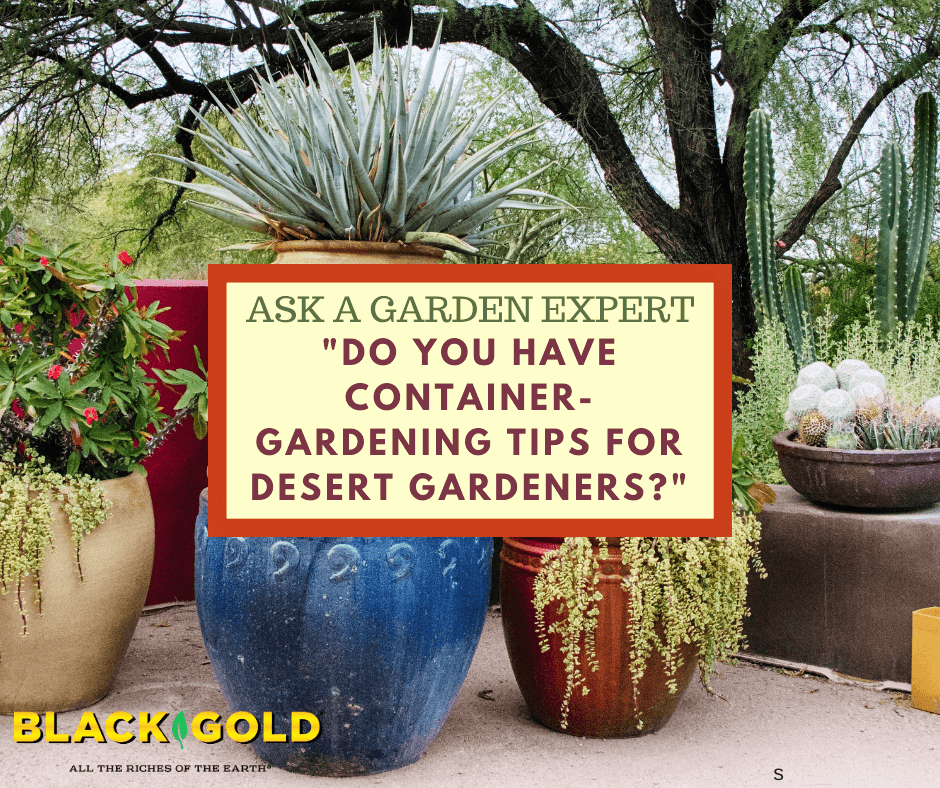
“I live in the Sonoran Desert of Arizona, so I have to garden in containers that can be moved when it gets hot. What is the best thing I can do for plants that are confined in containers in a hot climate like this?” Question from Jacqueline of Casa Grande, Arizona
Answer: Aside from choosing more drought-tolerant plants to grow, there are several other things that you can do to protect your outdoor container plants from the harsh, dry desert weather. Moving them from exposed hot spots into more protected, shaded locations indoors or outdoors is very smart. A similar tactic would be to place them in a spot that affords them shade during the hottest times of the day and protection from desert winds and nighttime cold snaps.
Water-Holding Pots
You can also do a lot to protect your plants by choosing appropriate pots of the right size filled with a potting mix that holds water very well. Larger, thick-walled ceramic pots that are glazed hold moisture in quite well and tend to stay cooler. Always choose containers that are light in color, which reflect the heat of the sun. Pots must also drain well and have a saucer or basin to capture excess water. Also, keep plants in larger-than-average pots with plenty of space for root growth; don’t ever let your plants become pot-bound as this causes plant roots and soil to dry out more quickly.
Water-Holding Mix
When choosing your soil, make sure it holds water well but also drains well. Desert gardeners should consider either Black Gold® Waterhold Cocoblend for organic growing or Black Gold® Moisture Supreme Container Mix for ornamental gardening. Both of these products really hold onto water well but also provide excellent drainage.
I hope that these tips help. There are MANY more excellent growing tips for desert gardeners in the Black Gold articles below.
High-Desert Vegetable Gardening with Maureen Gilmer
What are the Best Raised Bed Plants for High-Desert Gardens?
Grey and Silver Garden Plants for Arid Gardens with Maureen Gilmer
What Are the Best Hanging Basket Flowers For the High Desert?
Happy Gardening!
Jessie Keith


